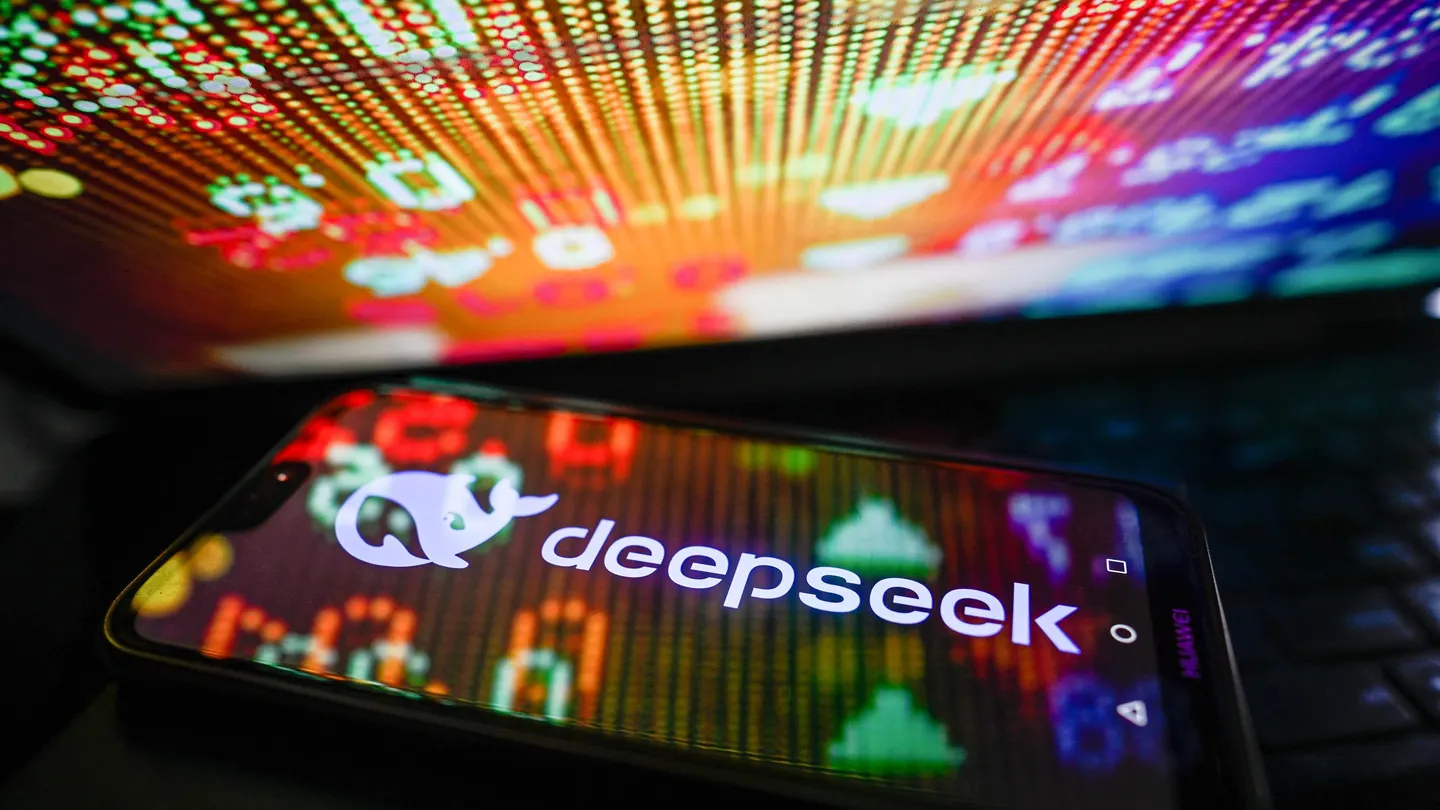The DeepSeek story has sparked conversations across the tech world, particularly in the U.S., where concerns over the international AI race are growing. While competition is a natural part of technological advancement, collaboration could be the key to long-term success in the AI age.
DeepSeek’s recent advancements offer important insights into the future of open-source AI and its worldwide consequences. After exploring DeepSeek’s strategy and consulting with AI adoption experts, John Werner, a Forbes contributor and venture capitalist focusing on AI, outlined five key takeaways that underscore the significance and potential impact of these developments.
1. It’s All Very New
The AI landscape is constantly evolving, and open-source models like DeepSeek R1 introduce fresh opportunities and challenges. Businesses and developers are still grappling with the ramifications of these models, trying to determine the best ways to integrate them into existing systems.
A smart approach to leveraging DeepSeek R1 is adopting an ecosystem strategy. Instead of viewing AI as a standalone tool, companies should consider the entire tech stack and how AI fits into their broader goals. Whether for B2B or B2C applications, taking a holistic approach to AI adoption ensures efficiency and alignment with business objectives.
John Werner explains:
“People are still trying to understand the ramifications of new open-source models like DeepSeek R1. You might say that it’s a good idea to adopt an ‘ecosystem approach’ for B2B or B2C applications, taking the whole tech stack into consideration.”
2. Corporate Buy-In is Happening
One of the most surprising developments is that major American tech companies are embracing DeepSeek models. Traditionally, U.S. corporations have been hesitant to adopt Chinese AI technologies due to concerns over data security and competition. However, Microsoft and Amazon have reportedly integrated DeepSeek models into their cloud infrastructure.
Hosting these models stateside helps mitigate security concerns and paves the way for wider adoption. This shift signals a broader acceptance of open-source AI, encouraging businesses to explore diverse AI solutions beyond the dominant players like OpenAI and Google.
Werner highlights this trend: “Some of the biggest American tech companies are embracing open-source AI and even experimenting with DeepSeek models. That’s significant because, left to their own devices, many of these companies would probably shy away from utilizing Chinese products.”
3. Research is King
DeepSeek’s commitment to long-term research over immediate profits sets it apart from many AI startups. According to CEO Liang Wenfeng, DeepSeek has not sought venture funding and prioritizes foundational research over commercial applications.
In an era where many AI companies focus on rapid monetization, DeepSeek’s research-first approach is refreshing. The company deliberately avoids B2C applications and instead invests in technical advancements that contribute to the broader AI ecosystem. This emphasis on research ensures that DeepSeek’s models remain cutting-edge and impactful.
As Werner puts it,
“DeepSeek is really on a longer time horizon to develop fundamental use cases and not just out for quick headlines. In a published interview synopsis, Liang Wenfeng emphasizes ‘Research over Revenue,’ highlighting that DeepSeek is the only Chinese AI startup focused purely on research.”
4. Engineering Principles Matter
DeepSeek’s approach to engineering optimization plays a crucial role in its efficiency. Here’s what makes its model stand out:
- Reinforcement learning over supervised fine-tuning, allowing for more dynamic AI behavior.
- Mixture of Experts (MoE) approach, which utilizes multiple AI agents to enhance performance.
- Optimized data processing, including experimenting with different data types like fixed point vs. block floating point operations.
- Bypassing Nvidia’s CUDA API, which enhances hardware versatility and reduces reliance on proprietary GPU technology.
According to Werner, “DeepSeek used multiple agents to formulate LLM processes, optimized data types, and removed unnecessary computations from the pipeline. This kind of strategic engineering is what makes its source model stand out.”
These strategic optimizations allow DeepSeek’s models to operate more efficiently and cost-effectively, positioning them as viable alternatives to more resource-intensive AI solutions.
5. Multiple Models Can Coexist
The AI ecosystem isn’t a winner-takes-all environment. Many companies and developers use a hybrid approach, combining multiple AI models to suit their needs. This means DeepSeek can coexist alongside OpenAI, Meta, and other AI platforms.
Even OpenAI CEO Sam Altman has acknowledged the value of open-source AI, recognizing that diverse contributions help push innovation forward. Additionally, DeepSeek remains a privately funded project rather than a state-sponsored initiative, easing concerns over government influence.
As Werner notes, “If individual users are taking advantage of an ensemble approach, it stands to reason that not everyone will use the same mix of models. That means there might be room for not only DeepSeek but Meta, OpenAI, and others in a sort of melting pot of technology enhancement.”
Despite the fact that DeepSeek’s model is censored in China in compliance with local laws, the open-source version available to global users remains unrestricted. This accessibility further enhances its potential for widespread adoption.
DeepSeek’s big news is more than just another AI headline—it’s a glimpse into the future of AI collaboration, open-source development, and engineering advancements. As major corporations begin to embrace DeepSeek models and research-driven AI gains momentum, we may be witnessing a paradigm shift in how AI technology is developed and deployed.
For businesses and developers, the key takeaway is clear: stay adaptable, explore multiple AI models, and focus on long-term innovation over short-term gains.

